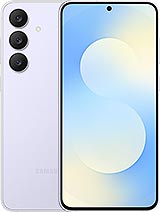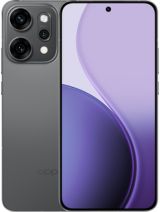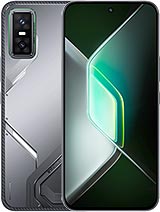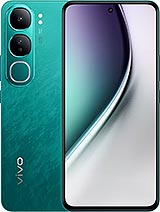Oppo Reno13 Pro alternatives
Tap above to see alternatives.
Vivo Y300 alternatives
Tap above to see alternatives.
Oppo Reno13 Pro

Oppo Reno13 Pro
-
Dimensity 8350
4 nm
-
5800 mAh
80W
-
6.83"
1272 x 2800 pixels
-
50 MP
4K@30/60fps
-
Specs

1x3.35 GHz Cortex-A715
3x3.20 GHz Cortex-A715
4x2.20 GHz Cortex-A510
2x2.2 GHz Cortex-A78
6x1.95 GHz Cortex-A55
12GB 512GB (UFS 3.1)
8GB 256GB (UFS 2.2)
f/1.8, 24mm (wide), 1/1.56", 1.0µm, multi-directional PDAF, OIS
50 MP
f/2.8, 85mm (telephoto), PDAF, OIS, 3.5x optical zoom
8 MP
f/2.2, 15mm, 116˚ (ultrawide), 1/4.0", 1.12µm
f/1.8, (wide), 1/1.95", 0.8µm, PDAF
2 MP
f/2.4, (depth)
1080p@30/60/120fps, gyro-EIS
f/2.0, 21mm (wide), AF
f/2.5, (wide)
1080p@30/60fps, gyro-EIS
SIM1: Nano, SIM2: Nano
SIM1: Nano, SIM2: Nano
8 5G bands
n1, n3, n5, n8, n28, n41, n77, n78
8 5G bands
n1, n3, n5, n8, n28, n38, n40, n41
In this performance comparison, the Oppo Reno13 Pro with its Mediatek Dimensity 8350 (4nm) performs better than the Vivo Y300 with the Qualcomm Snapdragon 4 Gen 2 (4nm), thanks to superior chipset efficiency.
Oppo Reno13 Pro offers 3 years of OS updates, whereas Vivo Y300 provides 2 years. For security updates, Oppo Reno13 Pro offers 4 years of support compared to Vivo Y300's 3 years.
Both Oppo Reno13 Pro and Vivo Y300 feature AMOLED displays, offering vibrant colors and deeper blacks. Both smartphones offer the same 120 Hz refresh rate. Vivo Y300 also boasts a brighter screen with 1800 nits of peak brightness, enhancing outdoor visibility. Notably, Oppo Reno13 Pro offers a higher screen resolution, resulting in sharper visuals and more detailed content.
Oppo Reno13 Pro comes with a larger 5800 mAh battery, which may offer longer usage on a single charge. Both devices support the same wired charging speed of 80W. Oppo Reno13 Pro supports wireless charging at 50W, while Vivo Y300 does not support wireless charging.
Oppo Reno13 Pro offers better protection against water and dust with an IP68 rating.
- Oppo Reno13 Pro – Check price here
- Vivo Y300 – Check price here
¹ Scores can vary even with the same chipset due to RAM, thermals, and software optimization.











